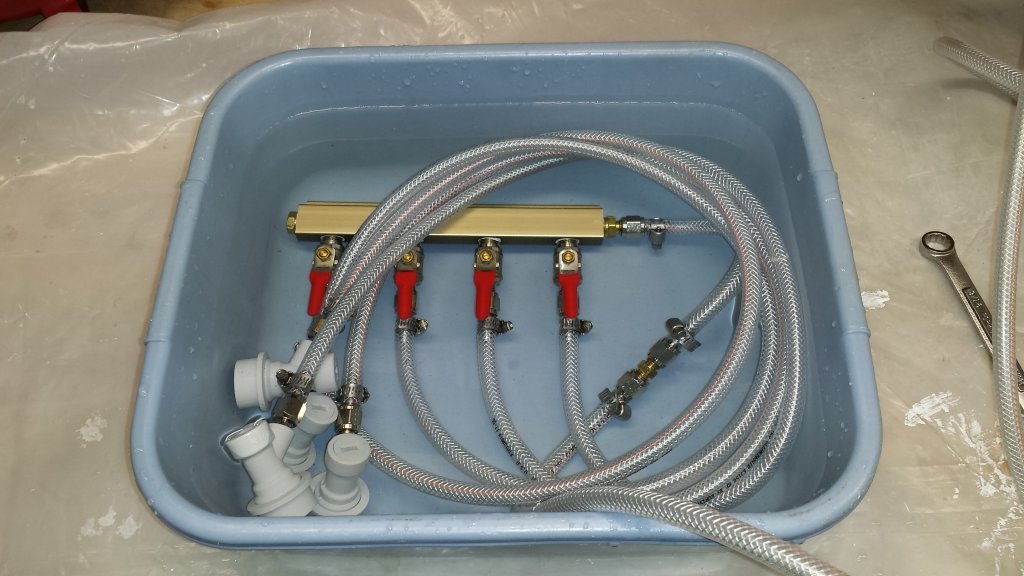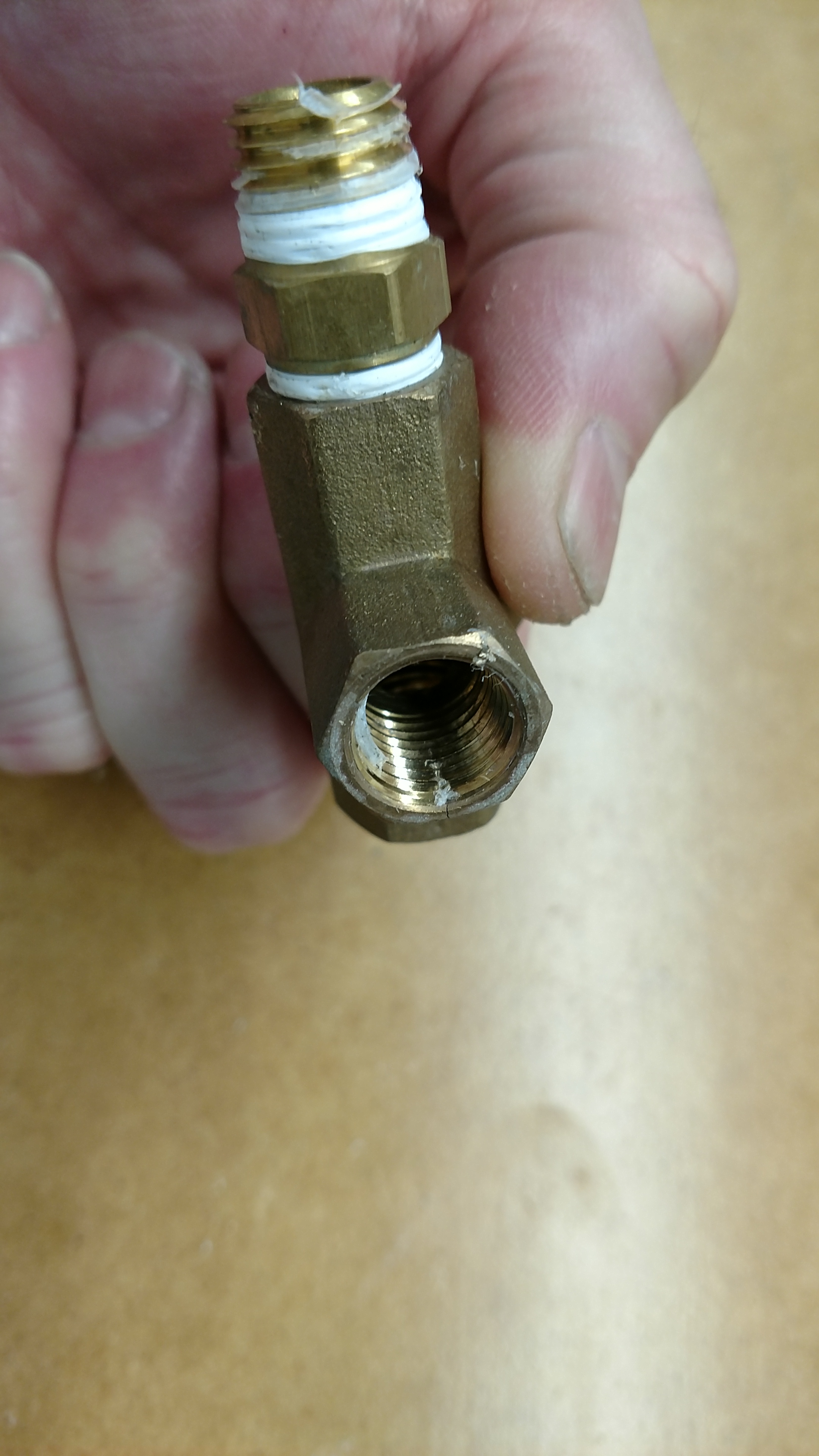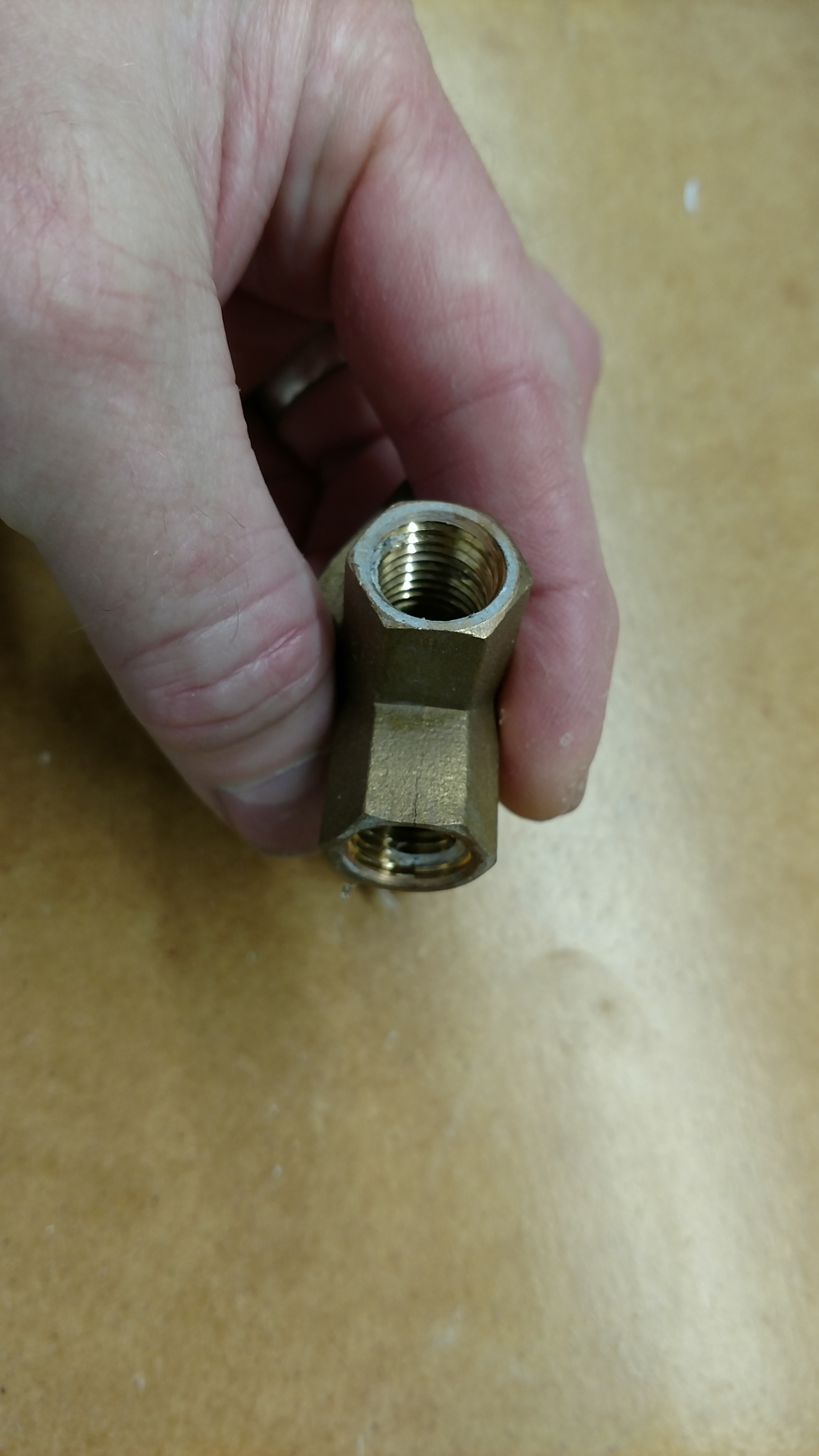so i've checked and checked. spray star san. take apart and redo the teflon tape. tighten like crazy. etc etc.
cant seem to find the leak.
i've got two primary regulators attached to a 20lb tank. one of them feeds a secondary.
at this point im considering just taking the whole thing and drowning it in the tub. cant see any other way to find this slow leak. getting beer up into your regulators is bad, but i dont imagine water is a problem. but the part im a bit concerned about is the gauges. not sure how getting water is those is going to play out......
thoughts?
cant seem to find the leak.
i've got two primary regulators attached to a 20lb tank. one of them feeds a secondary.
at this point im considering just taking the whole thing and drowning it in the tub. cant see any other way to find this slow leak. getting beer up into your regulators is bad, but i dont imagine water is a problem. but the part im a bit concerned about is the gauges. not sure how getting water is those is going to play out......
thoughts?



















![Craft A Brew - Safale S-04 Dry Yeast - Fermentis - English Ale Dry Yeast - For English and American Ales and Hard Apple Ciders - Ingredients for Home Brewing - Beer Making Supplies - [1 Pack]](https://m.media-amazon.com/images/I/41fVGNh6JfL._SL500_.jpg)








































